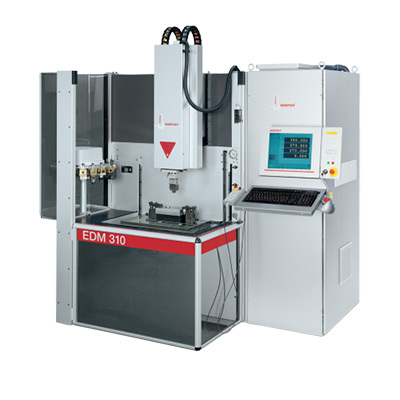Mazda 3 Power Steering Hose Replacement Guide and Tips for Easy Installation
Replacing the Power Steering Hose on a Mazda 3
The Mazda 3 is a popular compact car known for its blend of style, performance, and reliability. However, like any vehicle, it requires regular maintenance to ensure optimal performance. One critical component that may need replacement over time is the power steering hose. If you're experiencing issues with your power steering system, such as whining noises, delayed steering response, or visible leaks, it may be time to replace the power steering hose. In this article, we provide a step-by-step guide to help you through the replacement process.
Understanding Power Steering Hoses
The power steering system in your Mazda 3 relies on hydraulic fluid to assist in steering. The power steering hose carries this fluid from the pump to the steering gear. Over time, hoses can develop cracks, wear out, or become damaged due to heat and pressure. Replacing a faulty power steering hose not only restores steering performance but can also prevent damage to other components within the power steering system.
Tools and Materials Needed
Before you start the replacement process, gather the following tools and materials 1. A new power steering hose (specific to your Mazda 3 model). 2. Socket set and wrenches. 3. Pliers. 4. A drain pan. 5. Power steering fluid. 6. A funnel. 7. Safety gloves and goggles.
Step-by-Step Replacement Process
1. Safety First Always ensure safety when working on your vehicle. Park the car on a flat, stable surface, engage the parking brake, and wear gloves and goggles.
2. Locate the Power Steering Hose Open the hood and locate the power steering pump. The hose typically runs from the pump to the steering rack. Refer to your owner's manual for specific diagrams if needed.
3. Drain the Power Steering Fluid Before disconnecting the hose, place a drain pan underneath the power steering pump to catch any fluid that may leak out. Loosen the hose clamps with pliers or a socket and carefully remove the hose from the pump. Be prepared for some fluid to spill.
mazda 3 power steering hose replacement

4. Disconnect the Old Hose Once the fluid has drained, locate the other end of the power steering hose connected to the steering rack. Use the appropriate size wrench to loosen and remove the fittings, being cautious not to damage any surrounding components.
5. Install the New Hose Take your new power steering hose and connect it to the steering rack first. Hand-tighten the fitting, and then use a wrench to secure it snugly but avoid overtightening, which can damage the threads.
6. Attach to the Power Steering Pump Next, connect the other end of the hose to the power steering pump. Again, hand-tighten first and then secure it with a wrench.
7. Refill Power Steering Fluid With the new hose properly installed, locate the power steering fluid reservoir and use a funnel to refill it with the manufacturer-recommended fluid. Check your owner's manual for the correct type and specifications.
8. Bleed the System Start the engine and turn the steering wheel from lock to lock several times. This action helps to bleed any air trapped in the system. Keep an eye on the fluid level and add more if necessary.
9. Check for Leaks After bleeding the system, turn off the engine and inspect the new hose and fittings for any signs of leaks. Start the engine again and repeat the steering process to ensure everything is functioning properly.
10. Dispose of Old Fluid and Hose Dispose of any old power steering fluid and the old hose in accordance with local regulations. Many auto parts stores have recycling programs for used fluids.
Conclusion
Replacing the power steering hose on your Mazda 3 is a manageable task that can help restore steering responsiveness and prevent further complications. By following these steps and taking the necessary precautions, you can ensure a successful replacement. Regular maintenance of your vehicle will keep it performing efficiently and extend its lifespan. If you're ever unsure or uncomfortable with performing repairs yourself, don’t hesitate to consult a professional mechanic.
-
Ultimate Spiral Protection for Hoses & CablesNewsJun.26,2025
-
The Ultimate Quick-Connect Solutions for Every NeedNewsJun.26,2025
-
SAE J1401 Brake Hose: Reliable Choice for Safe BrakingNewsJun.26,2025
-
Reliable J2064 A/C Hoses for Real-World Cooling NeedsNewsJun.26,2025
-
Heavy-Duty Sewer Jetting Hoses Built to LastNewsJun.26,2025
-
Fix Power Steering Tube Leaks Fast – Durable & Affordable SolutionNewsJun.26,2025

